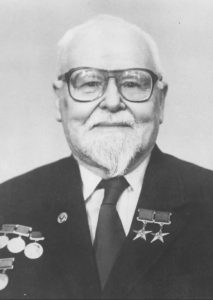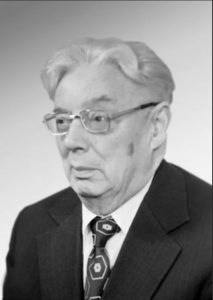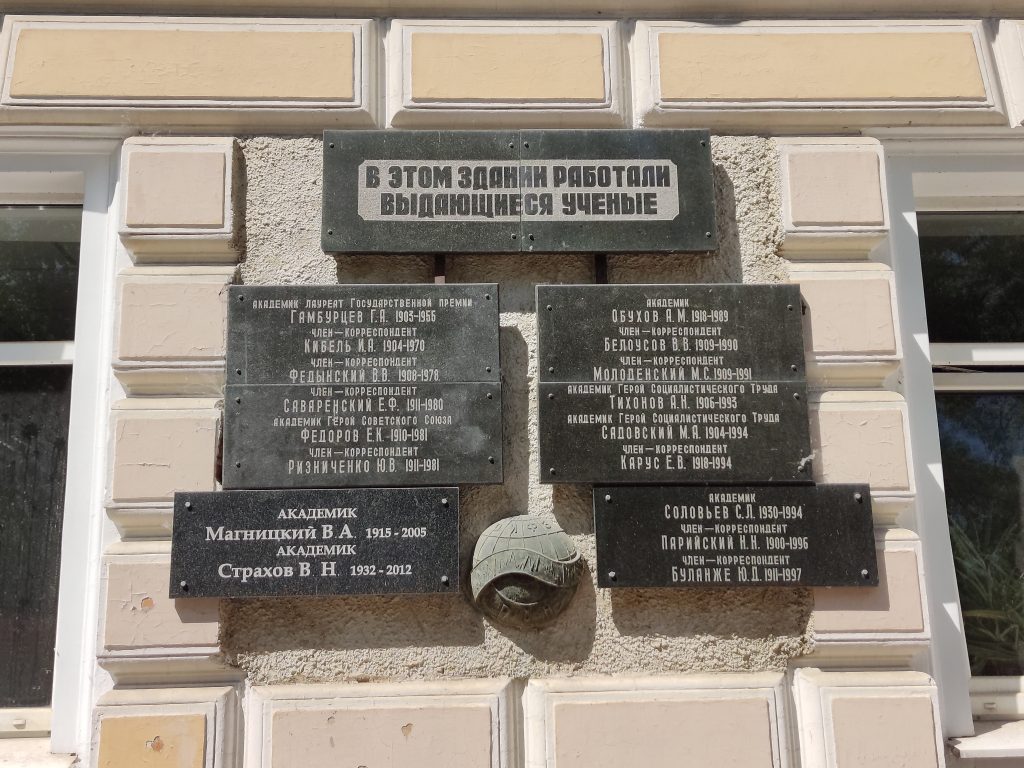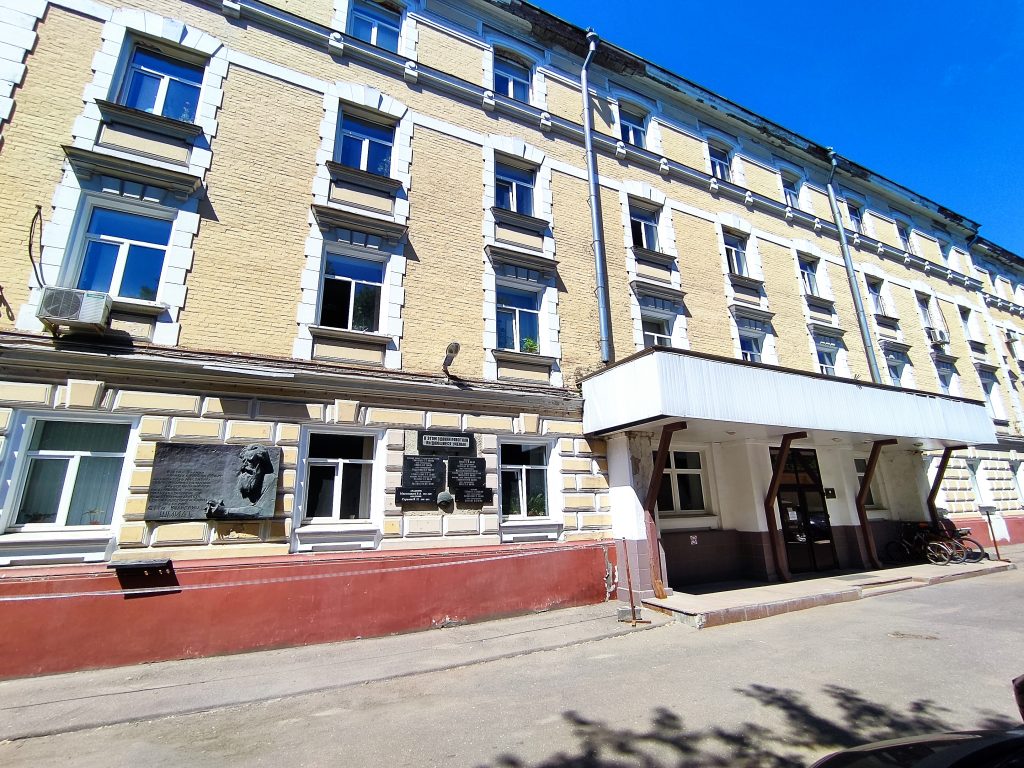Andrey Nikolaevich
Tikhonov
1906-1993

Andrey Nikolaevich Tikhonov was a Soviet and Russian scientist, specialist in computational mathematics and mathematical physics, Doctor of Physical and Mathematical Sciences, Professor; the Head of Computational Laboratory No. 8 of the Department of Applied Mathematics of the Steklov Mathematical Institute of the USSR Academy of Sciences; the Director of the Keldysh Institute of Applied Mathematics of the USSR Academy of Sciences. He was born on October 30, 1906 in the city of Gzhatsk (now Gagarin, the Smolensk region). He was Russian. In 1941-1943 he was evacuated to Kazan (Tatarstan). He was engaged in the tasks of geological exploration of oil fields in the city of Ishimbai (Bashkortostan). In 1948, he was involved in the work on the atomic project: he was instructed to organize a Computing laboratory No. 8 to carry out calculations of the explosion of an atomic (and then hydrogen) bomb. He participated in the calculation work on the process of compression of the atomic bomb charge and its efficiency. Under his leadership, calculations of the atomic explosion process were successfully carried out and the problem of calculating the dynamics of a hydrogen bomb explosion was solved. In 1949, the first Soviet nuclear (atomic) bomb RDS-1 (with a capacity of 22 kt) was successfully tested at the Semipalatinsk nuclear test site (Kazakhstan). In 1953, the first Soviet thermonuclear (hydrogen) bomb RDS-6 (with a capacity of 400 kt) was successfully tested at the Semipalatinsk nuclear test site. A.N. Tikhonov made fundamental research in the field of topology and functional analysis, on the theory of differential and integral equations, on many branches of computational mathematics and mathematical physics, on the problems of constructing and researching mathematical models of various natural science problems; important results were obtained on geothermics, the creation of electromagnetic methods for studying the internal structure of the Earth, the mathematical theory of electromagnetic wave diffraction. He was awarded six Orders of Lenin, the Order of the October Revolution, three Orders of the Red Banner of Labor, the M.V. Keldysh Gold Medal of the USSR Academy of Sciences, Gold Medals of the USSR VDNH and other awards. He was the winner of various prizes.
Mikhail Alexandrovich
Sadovsky
1904-1994

Mikhail Alexandrovich Sadovsky was a physicist, an expert in the field of explosion physics, scientific supervisor of the Semipalatinsk nuclear test site. He was born on November 6, 1904 in St. Petersburg. In 1928 he graduated from the Faculty of Physics and Mechanics of Leningrad Polytechnic Institute, while still studying he specialized as a geophysicist-seismologist. After an internship at the Institute of Applied Geophysics, he was sent to work at the Seismological Institute of the USSR Academy of Sciences (now the Otto Yulievich Schmidt Institute of Earth Physics of the Russian Academy of Sciences – IFZ RAS). He was a participant in a number of scientific expeditions. Also, Mikhail Sadovsky was the one of the pioneers of the study of the physics of directional explosion in the USSR. For example, a successful explosion was carried out under his leadership in order to block the riverbed during the construction of the Chirchik hydroelectric power station in 1935. For outstanding achievements in 1938, he was awarded the academic title of Candidate of Physical and Mathematical Sciences without defending a dissertation. During the Great Patriotic War, he was evacuated to Kazan and worked there (concurrently) as the head of the Explosion Physics department of the Institute of Chemical Physics of the USSR Academy of Sciences, as well as in the Special Department of the USSR Academy of Sciences. In 1943, he determined the functional dependence of the shock wave on the amount of exploded TNT. Later, the «Sadovsky formula» was improved in relation to a nuclear explosion and is used everywhere to determine the so-called TNT equivalent of the power of a nuclear explosion. In 1946, M.A. Sadovsky was appointed as the first scientific director of the Semipalatinsk nuclear test site, he was also a member of the commission for choosing its location. In 1949 for the first time, domestic data on the registration of seismic waves at distances up to 1600 km were obtained and traces of the spread of radioactive products at a distance of 1200 km from the explosion site were found. Since 1958, at the insistence of I.V. Kurchatov, Sadovsky was involved in solving the problem related to the prohibition of nuclear tests and monitoring compliance with possible agreements in this area. Having experience in field measurements of nuclear explosion parameters and knowledge of the work on long-range detection of explosions carried out by LIPAN, GEOFIAN and the Special Observations Service of the Ministry of Defence, corresponding member of the USSR Academy of Sciences M.A. Sadovsky was awarded 4 Orders of Lenin, the Order of the October Revolution, 3 Orders of the Red Banner of Labor, the Order of the Badge of Honor, medals. He was the winner of various prizes.
Address: Moscow, Bolshaya Gruzinskaya str., 10, p. 1

